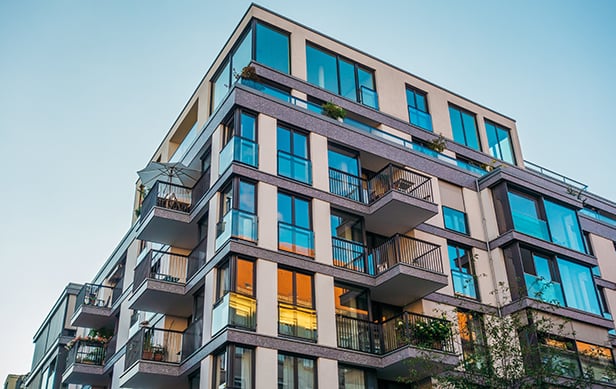GlobeSt.com: How much of your work has been foreign and how much of that Asia-specific?
Kriz: An increasing amount of it is outside the US and an increasing amount outside the US is in Asia.
GlobeSt.com: To what extent are the sanctions working?
Kriz: The level of interest in the BRIC countries-- Brazil, Russia, India and China--continues to be strong, and while such actions have reminded people about the political and economic risks of investing in various countries, and it is certainly an issue that investors and developers are thinking about, the quantity and breadth of interest in Chinese real estate continues to be strong, and we would expect it to remain so for some time to come.
GlobeSt.com: But have sanctions slowed down implementation? Or made it harder?Kriz: Harder yes, but I haven't heard that it's significant. Implementation in China has always been challenging. Excluding Macao and Hong Kong, which are different stories altogether, in China there are various issues surrounding foreign exchange risk. There's the repatriation of capital, contractual and land-title matters and other issues that make investment more challenging.
You need to put Chinese commercial real estate into two separate buckets. In bucket number one are the merchant developers who'll take their sale price and move on once they can turn the keys over. The issue for them is how to deal with the time horizon of sale. After that the challenges end. If one is a longer-term investor, there are more complex issues and the range of challenges is broader and deeper. If you're looking to hedge foreign exchange risk in China for two or three years, it's a lot easier than doing it for 20 years. Also, political and economic risks are different for a three-year than a 20-year time horizon.
GlobeSt.com: So what investment types show the most promise in terms of yield?Kriz: The focus has been on three of the four major food groups--office, industrial and retail. In China, there's not so much emphasis on housing. There's a need for some industrial, but that tends to be the smallest of the three. Office is substantial and retail, with the growing wealth of the population, is also. In addition, hospitality has been growing within the increasingly open economy. If you go back 20 years in China, the hotel choices were not what they are today.GlobeSt.com: I'm confused. Retail and residential usually go hand in-hand. So why little emphasis on multifamily?Kriz: Well, there is development for sale, but housing for ownership is a different conversation. If you look at countries around the world, housing issues tend to be heavily government-influenced and there's a wide range of practice from country to country. In some cases, such as in Singapore or New Zealand, the government owns a significant amount of housing and leases it to its people. Look at the US where there's a very large subsidized-housing business influenced by the federal or state governments. So it's really a different sector than the others I identified.
GlobeSt.com: How do REITs figure in the investment picture going forward?Kriz: The Singaporean REIT business has been growing significantly. We expect that to continue and would not be surprised if things pick up in Hong Kong too. Both areas are focusing on being regional REIT leaders. So we'll be monitoring how the friendly rivalry between the two locations develops.
GlobeSt.com: And what of the other Asian countries? Will all benefit equally from the investment boom?
Kriz: No. China is certainly a much larger country, and it's well on its way to industrialization. Vietnam has been picking up but it has a way to go. Cambodia, Laos and Burma are quiet. Thailand continues on its way. Indonesia has been strengthening in its economic situation, and Japan, the largest economy, has certainly been strengthening.
GlobeSt.com: So, overall, do you anticipate the same level of Chinese growth for the foreseeable future?
Kriz: A lot of transactions are coming out of the ground and that will continue through 07. But one must think the growth will want to catch its breath, and economic softness in China's export markets could help create that. But China continues to grow significantly. In fact, it's a priority of the central government. They're looking to put the infrastructure in place to make that happen, and a part of that infrastructure solution is buildings. So, for the intermediate term, that growth in the property business will continue to be substantial. The level of interest from non-Chinese investors continues to be strong and that will be fueling movement too. So will interest from local investors. Many East Asians find property investments very appealing, be they residential or commercial. So the level of local interest, not just overseas interest, will not only help to drive growth but will also provide a more robust form of support for these markets even if foreign investment wanes.
© Touchpoint Markets, All Rights Reserved. Request academic re-use from www.copyright.com. All other uses, submit a request to [email protected]. For more inforrmation visit Asset & Logo Licensing.







